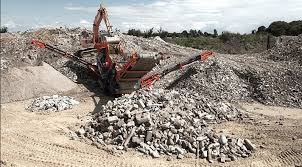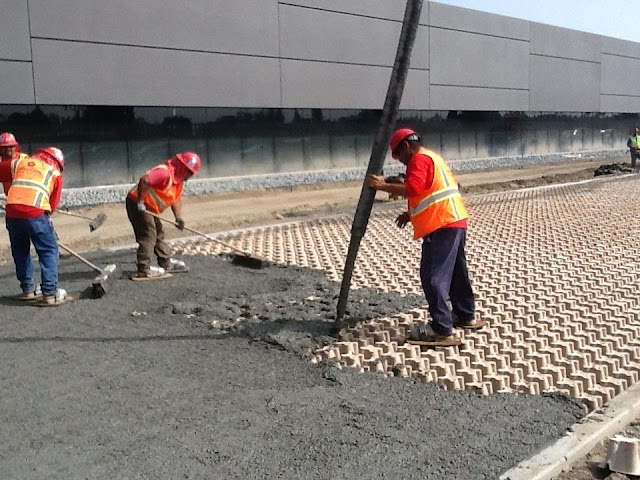Start with most trusted and high quality recycled LEED concrete
Recycled Concrete has many advantages over original concrete. It helps save natural resources, reduces landfill waste, and reduces pollution from trucking. One ton of recycled concrete can save approximately 1,360 gallons of water. It as well lowers the budget of raw ingredients. Recycled concrete has a variety of different applications, including paving, foundations, and sidewalks.
Recycled concrete aggregate, also known as recycled concrete, is made from crushed asphalt materials from other construction projects. This material is then used as a base for driveways, walkways, and even garden beds. Because concrete does not decompose, it takes up space in landfills and causes environmental problems. The recycling process is the answer to this wasteful cycle. There are many emerging companies which are going to deal with recycled concretes. People use this for residential purposes and commercial projects.
Recycled Concrete
In addition to saving the environment and your budget, recycling concrete has many other advantages. Using recycled concrete cuts construction waste extends the life of landfills, and saves a builder money on transportation costs. Recycled concrete also reduces fuel emissions. By using recycled concrete, you're saving the environment and your wallet at the same time. Additionally, recycling concrete creates jobs in the local area. You can contact your local concrete supplier to find out how recycled concrete can benefit you.
The reprocessing process involves removing fine grains from the larger aggregate. After the screening, recycled concrete is cleaned of contaminants. These contaminants could include leftover debris from the original mix or debris that mingled with it during transport and storage. In many cases, the contaminated concrete is completely reusable. There are many ways to recycle concrete and find new uses for it.
Recycled concrete is a good alternative to natural aggregate. This aggregate is the collection of recycling clean concrete waste. BS 8500-2 defines the content of recycled aggregate in concrete. RCA is typically 5% to 8% masonry or fines, 0.5% to 1% lightweight materials, and 1% or more foreign materials. Fine RCA is rare, however, due to its water demand. There are other benefits to using recycled concrete.
Recycled aggregate is more water-absorbing than natural sand. Its higher specific gravity results in greater absorption. RCA contains a hydrated cement paste, which helps reduce the specific gravity of the concrete. Recycled aggregate also improves the strength of the cured cast. The higher the percentage of recycled aggregate in a building, the greater the overall durability.
LEED Concrete
When it comes to LEED concrete, it is a widely used green rating system in the world. Listed below are the areas that a project can earn based on its use of reinforced concrete? These areas include: extending the life of existing building stock, conserving resources, preserving cultural resources, reducing waste, and minimizing the environmental impact of new materials. In addition to using recycled content, a project can earn additional credits for products that contain more than half recycled material.
The process of LEED (Leadership in Energy and Environment Design) certification can be complex and involves numerous details. To get the most points, a project must meet certain minimum requirements. The Environmental Protection Agency (EPA) could position publicly traded cement producers to comply with the proposed SEC rule by requiring disclosure of greenhouse gas emissions and global warming risks. Additionally, a project's concrete used in its construction can earn credits toward LEED-NC certification.
One example of a LEED-compliant concrete finish is a low-VOC stain and sealer system. These products are environmentally friendly, and some even have zero-VOC content. Water-based sealers are another option for enhancing concrete surfaces. These decorative sealers are available in opaque and clear varieties. Many manufacturers now offer LEED-compliant products. A decorative finish on concrete is an additional credit-earning opportunity.







Comments
Post a Comment